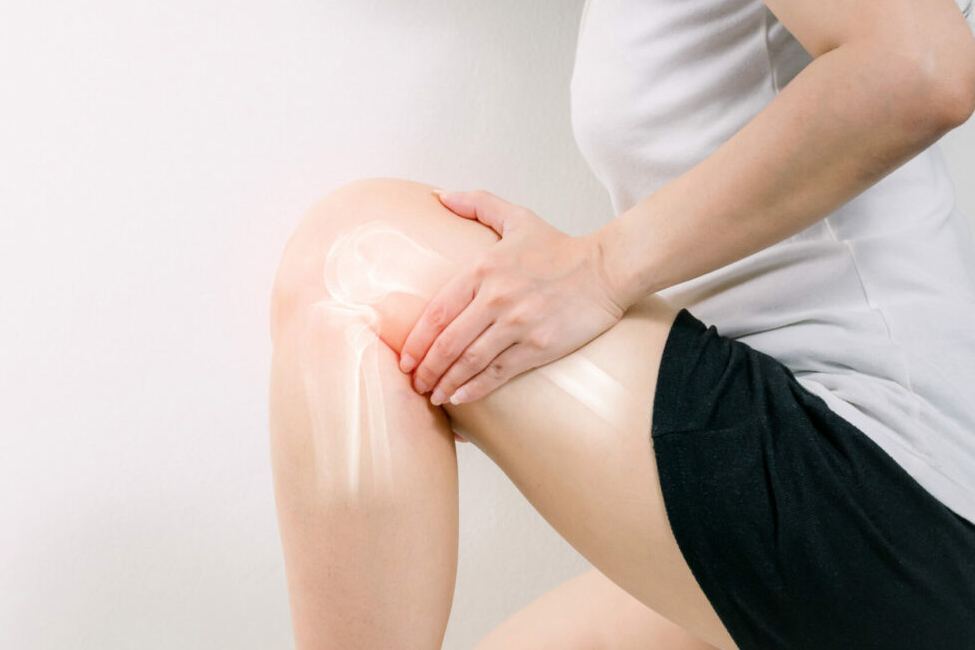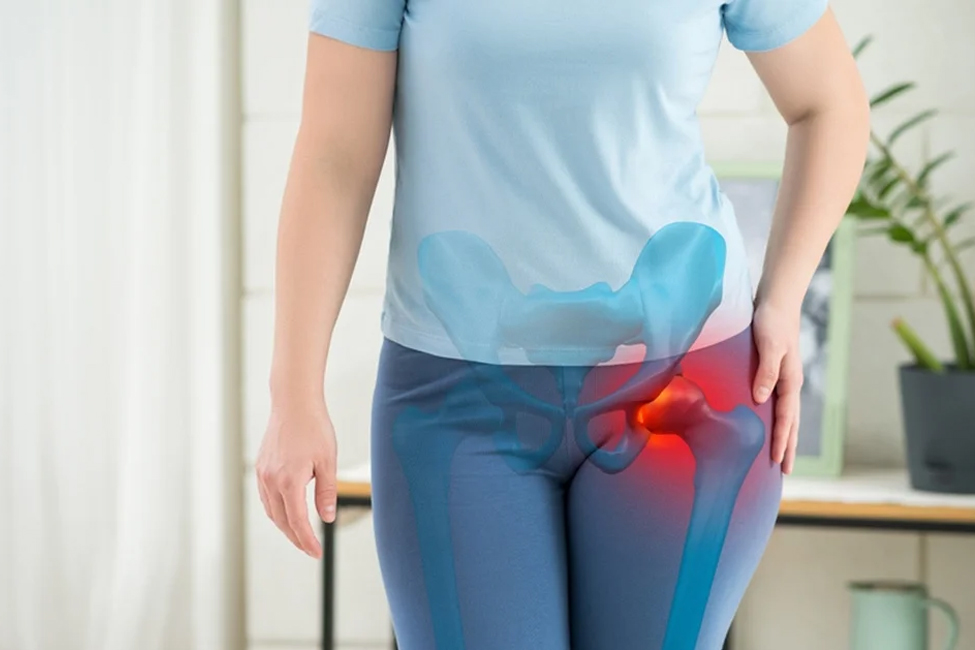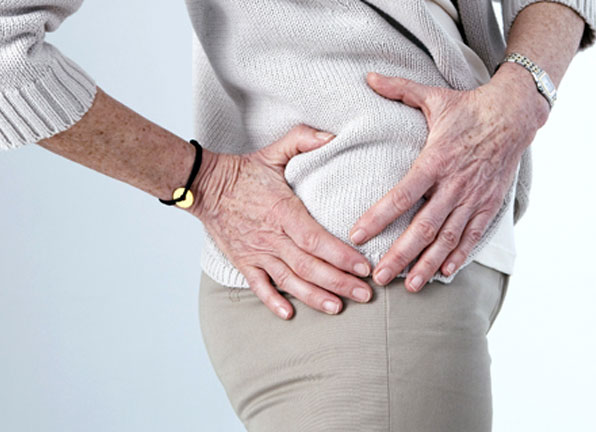Cartilage Injury: Causes, Symptoms, Treatment, and Prevention
What is Cartilage Injury?
A cartilage injury is like a scratch, tear, or damage to the tough, rubbery tissue that cushions and covers the ends of your bones. Cartilage provides smooth joint movement, and when it’s injured, it can lead to pain, stiffness, and problems with joint function. This injury can happen in various joints, but it’s often associated with the knee.
Type of Cartilage Injury
There are different types of cartilage injuries:
- Articular Cartilage Injury: This affects the cartilage covering the ends of bones within a joint. It’s often seen in the knee and can be caused by trauma, wear and tear, or other factors.
- Meniscus Tear: The meniscus is a wedge-shaped cartilage in the knee. A tear in the meniscus is a common type of cartilage injury, often resulting from sudden movements or twisting.
How Common is Cartilage Injury?
Cartilage injuries are relatively common, especially among athletes and individuals with joint problems. While the prevalence varies depending on the specific joint and the population studied, cartilage injuries are a significant concern in orthopaedics and can impact people of all ages.
Causes of Cartilage Injury
Cartilage injuries often result from various factors, including:
- Trauma: A sudden blow or impact, such as a fall, accident, or sports-related injury, can damage cartilage.
- Wear and Tear: Over time, daily use and ageing can wear down cartilage, leading to injuries, particularly in weight-bearing joints like the knee and hip.
- Repetitive Stress: Repetitive movements or excessive use of a joint can gradually break down cartilage, leading to injuries in athletes or individuals with physically demanding occupations.
- Overloading: Carrying excess body weight or lifting heavy objects can stress cartilage and contribute to injuries.
- Genetic Factors: Some individuals may be genetically predisposed to cartilage issues, making them more susceptible to injuries.
- Inflammatory Conditions: Certain diseases like osteoarthritis can cause inflammation and deterioration of cartilage.
Symptoms of Cartilage Injury
The following symptoms can recognise a cartilage injury:
- Pain: You may experience pain in the affected joint, ranging from mild discomfort to severe pain, often aggravated by movement.
- Swelling: Swelling around the joint is common, making the area feel puffy and warm.
- Stiffness: Your joint may become less flexible, making moving or fully bending the affected area challenging.
- Catching or Locking: You might feel like the joint catches or locks during movement, hindering its smooth operation.
- Clicking or Popping: You may hear or feel clicking or popping sensations in the joint during movement.
- Reduced Range of Motion: You may have trouble fully bending or straightening the joint.
- Weakness: Muscles around the affected joint might weaken due to pain and limited use.
Diagnosis of Cartilage Injury
To diagnose a cartilage injury, orthopaedic specialists follow these steps:
Medical History
Your doctor will ask about your symptoms, medical history, and any recent injuries or activities that may have contributed to the problem.
Physical Examination
The doctor will examine the affected joint, checking for signs of swelling, tenderness, and range of motion limitations.
Imaging Tests
To get a clear view of the injury, your doctor may order these tests:
- X-rays: While X-rays don’t directly show cartilage, they can help rule out other joint issues or bone problems.
- MRI (Magnetic Resonance Imaging): This imaging method provides detailed images of the soft tissues, including cartilage, to confirm the injury.
- Arthroscopy: In some cases, your doctor may recommend arthroscopy, a minimally invasive surgical procedure with a small camera inserted into the joint to directly view and assess the cartilage.
Complications of Cartilage Injury
A cartilage injury can lead to several complications, including:
- Chronic Pain: If left untreated, cartilage injuries can result in persistent joint pain, making it challenging to perform daily activities.
- Swelling and Inflammation: Chronic inflammation and swelling around the affected joint can cause discomfort and limit mobility.
- Joint Instability: Cartilage injuries can affect joint stability, increasing the risk of further injuries or falls.
- Reduced Range of Motion: Over time, untreated injuries can lead to a loss of joint flexibility and reduced range of motion.
- Joint Degeneration: Cartilage damage can contribute to the development of osteoarthritis, a degenerative joint condition resulting in chronic pain and reduced joint function.
- Muscle Weakness: Pain and joint limitations may lead to muscle weakness, affecting overall mobility.
Treatment Options for Cartilage Injury
When you have a cartilage injury, your orthopaedic specialist will discuss these treatment options with you:
Non-Surgical Treatment
- Rest and Rehabilitation: Resting the affected joint and participating in physical therapy to strengthen muscles around the joint, improve mobility, and alleviate symptoms.
- Pain Management: Over-the-counter pain relievers or prescription medications can help manage pain and inflammation.
- Injections: Corticosteroid or hyaluronic acid injections may be used to reduce inflammation and provide pain relief.
Surgical Treatment
Arthroscopy: A minimally invasive surgical procedure that can be used to diagnose and treat certain cartilage injuries. It involves inserting a small camera and surgical tools into the joint.
Microfracture: A surgical technique used to stimulate the growth of new cartilage in the injured area.
Cartilage Transplant: In more severe cases, a piece of healthy cartilage may be transplanted to replace the damaged area
Rehabilitation
Following any surgical procedure, physical therapy and rehabilitation are essential for restoring joint function and strength.
Preventing Cartilage Injury
To reduce the risk of cartilage injury, consider these preventive measures:
- Strengthen the muscles around your joints, particularly in the area at risk.
- Learn and use correct techniques for sports and physical activities to minimise joint stress.
- Always warm up before exercise to prepare your muscles and joints for physical activity.
- Incorporate stretching exercises to improve joint flexibility.
- Enhance balance and body awareness through specific exercises.
- Wear well-fitting, supportive shoes with good traction to prevent slips and falls.
- Maintain a healthy weight to reduce stress on weight-bearing joints like the knees and hips.
- Use appropriate protective equipment in sports or high-risk activities, such as knee pads or joint braces.
Living with Cartilage Injury
Living with a cartilage injury requires adjustments to ensure joint health and overall well-being. Here’s how to manage it:
- Follow your orthopaedic specialist’s recommendations, including rest, physical therapy, medications, or surgical interventions.
- Engage in prescribed exercises to rebuild joint strength, mobility, and stability.
- Use recommended methods to alleviate pain and inflammation, such as medications or ice therapy.
- Adjust daily activities to protect the injured joint, especially avoiding high-impact or strenuous movements.
- Keep scheduled appointments with your orthopaedic specialist to monitor your joint’s progress and adjust your treatment plan as needed.
- Be open to lifestyle changes, including a shift to gentler activities on your joints.
- Maintain a positive outlook and seek support from loved ones as you adapt to life with a cartilage injury.
Prioritising your joint health and adhering to recommended treatments are crucial for a successful journey toward improved joint function and pain relief.
Suppose you or someone you know is dealing with a cartilage injury and is seeking expert care and consultation. In that case, we encourage you to request an appointment with The Orthopaedic Practice and Surgery Clinic. Taking proactive steps today can lead to a more comfortable and pain-free tomorrow.










